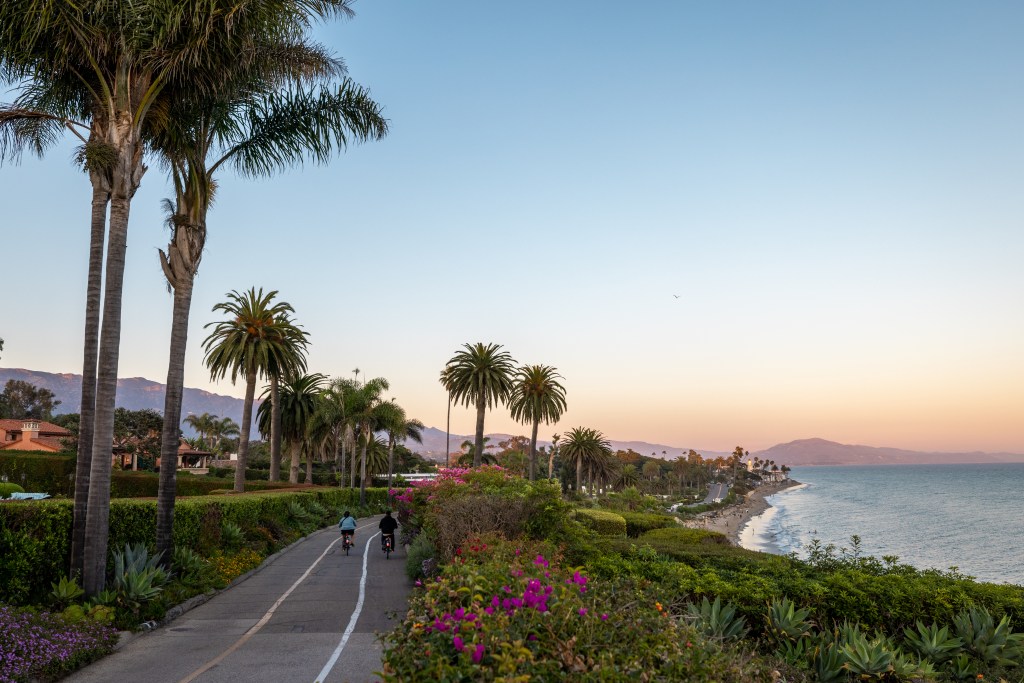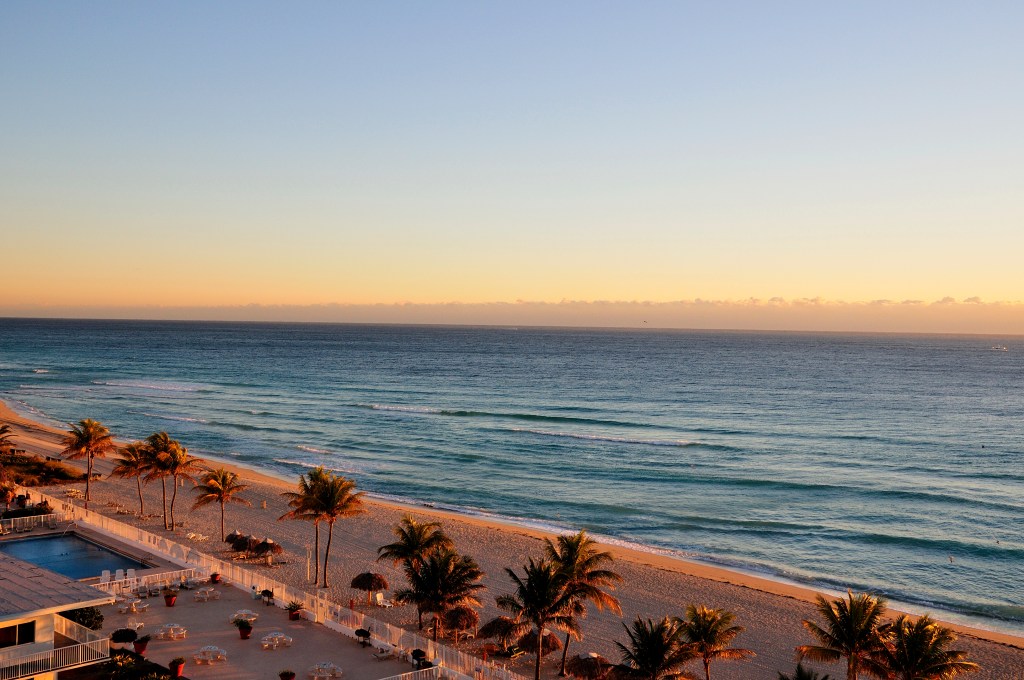Who isn’t dreaming of a sunny resort escape in Florida?
Unfortunately, resort dream vacations are hard to come by. Even if you’re not breaking the bank on a flight to your destination, it’s easy to overspend when booking resort rooms—even with all-inclusive packages on the table.
Because resorts give you the keys to an all-in-one style vacation, from outdoor pools to world-class bars to bookable activities, those boosted prices make sense. Still, it can be hard to narrow down which amenities you actually want to pay for, and which resorts can deliver on them.
Once again, Florida is a prime spot to find these resorts. They dot the state, from Jacksonville to the Keys to Panama City Beach to Lake City.
But how can you find the right resort without going over budget? Even more importantly, how can you find cheap resorts that feel high-class?
Don’t worry—Florida’s got it all, including budget resorts that feel opulent. Here’s where to find them. At the bottom, you can also find two bonus picks that are located in Orlando near major amusement parks, along with one ranch-style stay away from the ocean.
Affordable seaside resorts in Florida at a glance
- Beachcomber Beach Resort and Hotel (St. Pete Beach)
- Sandpiper Gulf Resort (Fort Myers)
- South Seas Island Resort (Captiva Island)
- Capt Hirams Resort (Sebastian)
- Shephard’s Beach Resort (Clearwater Beach)
- Winter the Dolphin’s Beach Club (Clearwater Beach)
- Perry’s Ocean Edge Resort (Daytona Beach)
- Westgate River Ranch Resort & Rodeo (River Ranch)
- Parkway International Resort (Orlando)
Affordable seaside resorts in Florida that feel high class
Beachcomber Beach Resort and Hotel (St. Pete Beach)
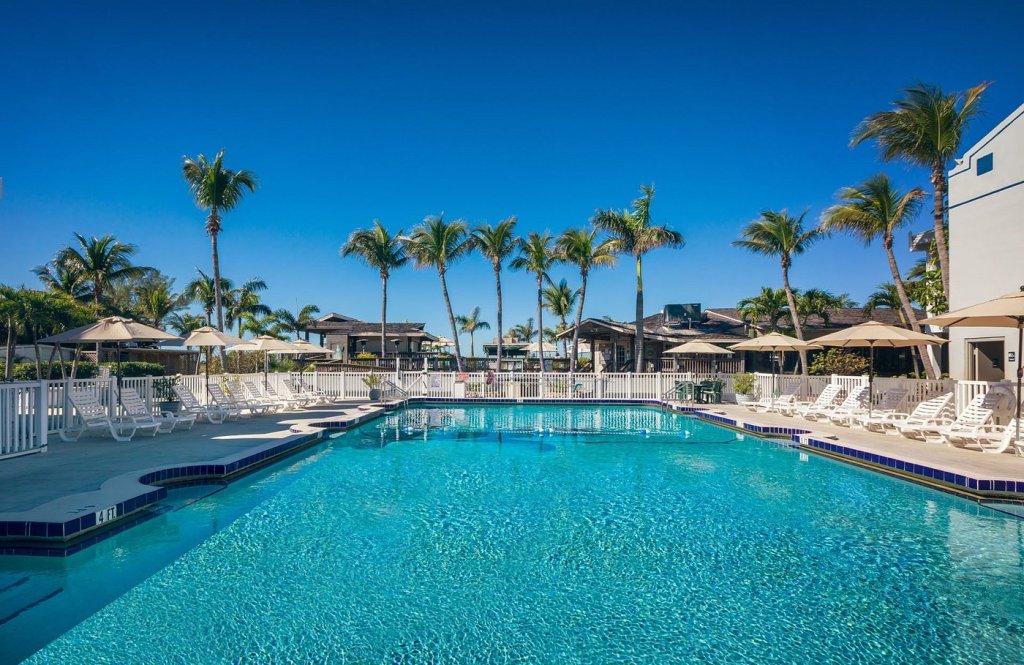
Nestled on a 5.5-acre plot that’s layered with lush tropical landscapes, Beachcomber is a gateway to the Gulf of Mexico. Its white sand beaches are the perfect place to drift away under the sun for hours on end—or you can lounge at the outdoor pool, if you’d rather avoid the sand.
Beachcomber also has a large outdoor dining area that comes alive with live musical performances, making this great for anyone who likes live sets and boogying.
*Beachcomber Beach Resort is currently closed for renovations, but is expected to open its doors later on this summer.
Sandpiper Gulf Resort (Fort Myers)
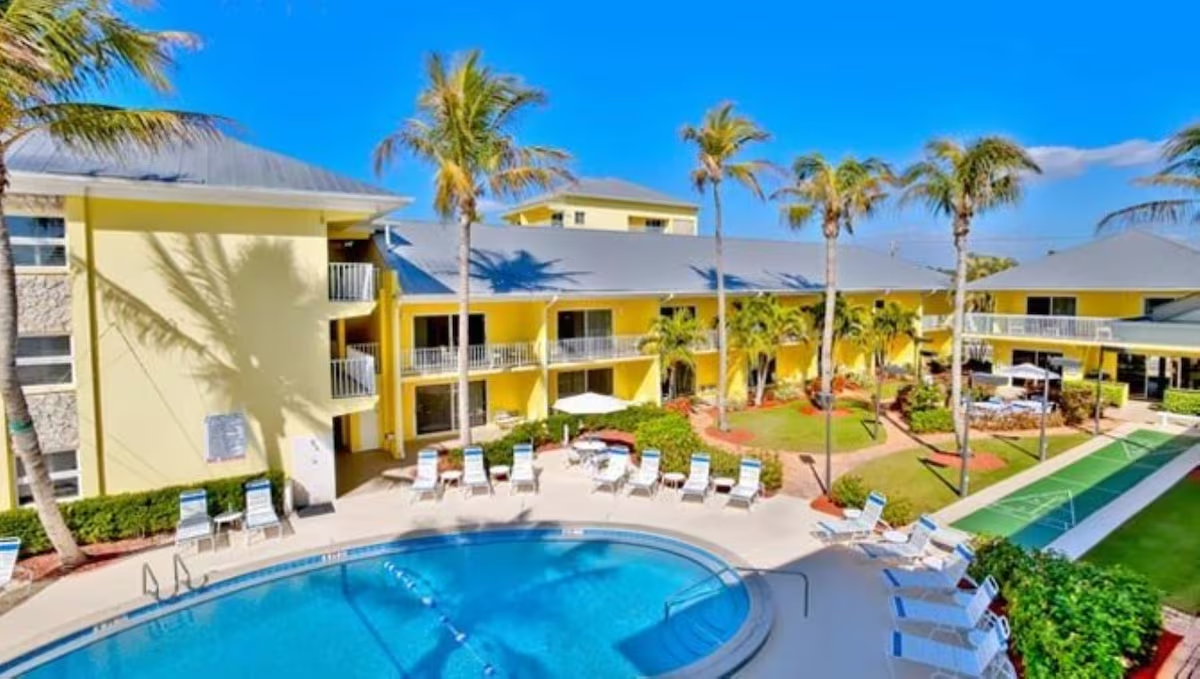
Looking for an ultra-cheap stay? Sandpiper Gulf Resort offers beach views from its small balconies, along with a large outdoor pool for a standard resort experience—at a majorly slashed price. While Sandpiper Gulf Resort isn’t reinventing the wheel when it comes to décor and amenities, its direct beach access is pretty hard to beat.
South Seas Island Resort (Captiva Island)

Ready to explore over 330 acres of secluded coasts on Captiva Island? This Gulf Coast resort is all about giving you space to unwind. You can choose between traditional beachy villa rentals or more high-class homes of distinction. There are three tiers to choose from, letting you stay within budget… or drift up to the next level, if your wallet allows.
Capt Hirams Resort (Sebastian)

Welcome to the Florida resort you’ve probably never heard of—in an area you’ve never visited, too. Sebastian is a small town located on Florida’s Atlantic Coast, and it’s got a bit of a cult following.
The grounds are brightly decorated with fantastic hangout areas and four top-notch bars and restaurants. Expect plenty of live music, too. Because it’s a little off the beaten path, you’ll be paying a strikingly low price for this ultra-cool resort.
Shephard’s Beach Resort (Clearwater Beach)

Similar to Beachcomber, you get plenty of bang for your buck at Shephard’s Beach Resort—especially if you like live music. This resort offers live music seven days of the week at its gorgeous, kitschy tiki bar. During the day, you can lounge at the white-sand beach or by the pool. Despite the hotel’s popularity, it’s still highly affordable.
Winter the Dolphin’s Beach Club (Clearwater Beach)
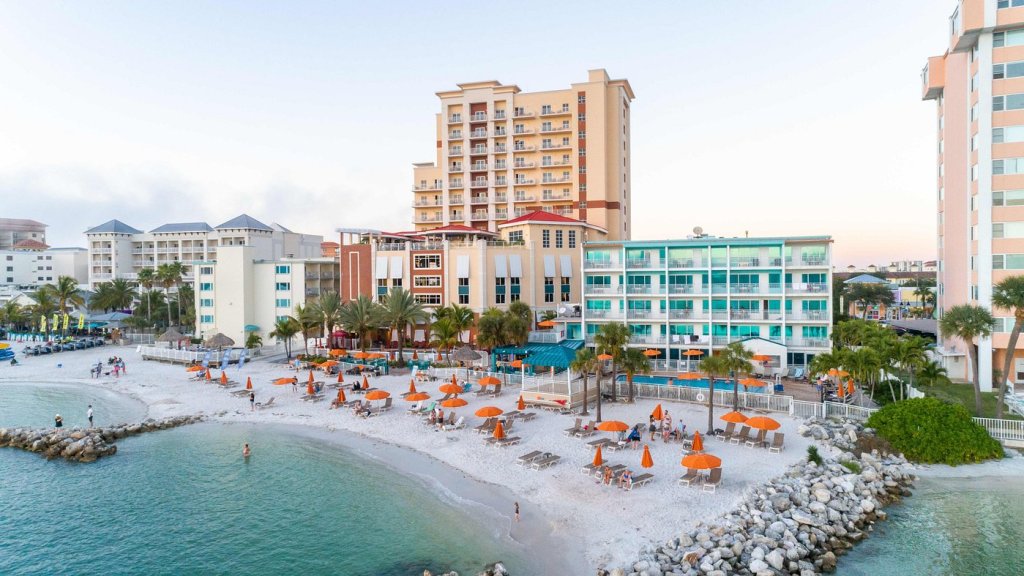
This relatively new resort has one amazing twist: it’s hyper-focused on marine conservation, which you can feel in its overall aquatic, beachy design. There are even programs geared toward kids, helping educate them about the ocean and marine life.
There’s a small outdoor pool, along with direct beach access. Plus, it’s located in one of Clearwater’s best neighborhoods, letting you walk to nearby sites.
Perry’s Ocean Edge Resort (Daytona Beach)

With a large outdoor pool, indoor pool, atrium, and direct access to a private beach, Perry’s Ocean Edge Resort gives you the keys to Daytona Beach. Though the grounds are pretty casual, the rooms are clean with a Just watch out for spring break, as prices will rise and the area will fill up with partiers.
Westgate River Ranch Resort & Rodeo (River Ranch)
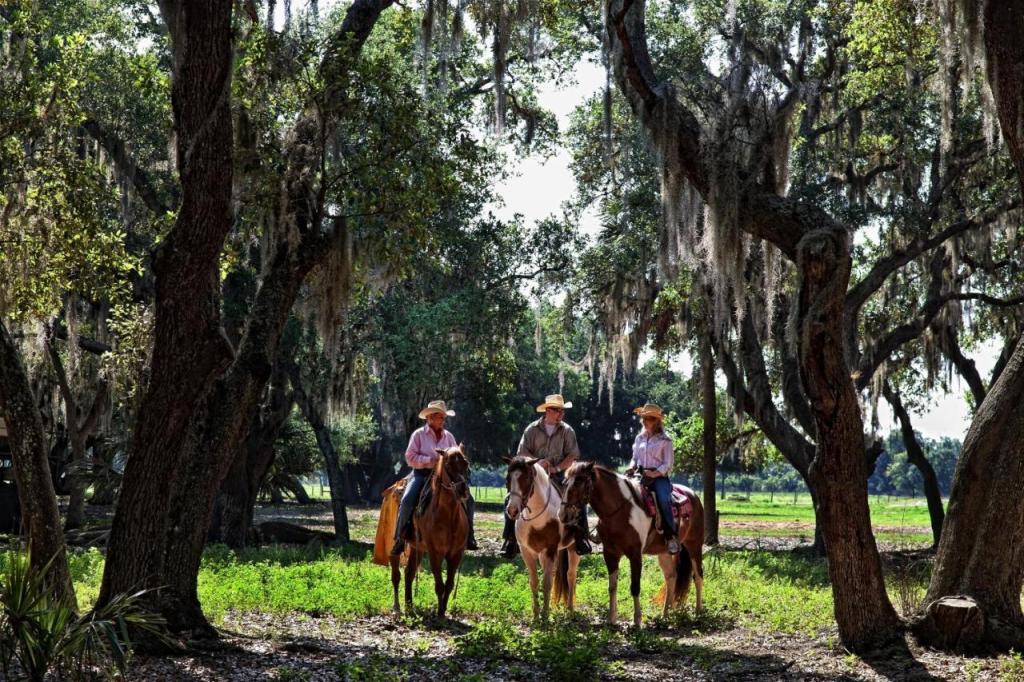
I’m rounding off this list with two non-seaside options, just in case you’re a little burned out on all the Sunshine State’s coastline. And if you want a little yeehaw resort experience, head to Westgate River Ranch Resort & Rodeo near Lake Kissimmee.
You’ve got a few choices on where to stay, including awesome glamping tents—but the cheap rooms are in the main villa. The Villa rooms are great, offering furnished balconies where you can soak up the forested view.
But the real appeal is the resort’s thrilling amenities, including a mini golf course, horseback riding, rock climbing wall, zip lining track, and—the holy grail—a mechanical bull.
Parkway International Resort (Orlando)

Once again, this isn’t a seaside resort, but I wanted to include an affordable resort-style option for any families heading inland to Orlando. If you’re looking for a top-notch resort while you have the time of your life at major resorts in Orlando, head to Parkway International.
This resort has a large outdoor pool and quirky safari-themed décor throughout the grounds. There’s also a small playground available in case the little ones aren’t tuckered out after a day of chasing Disney characters around.

